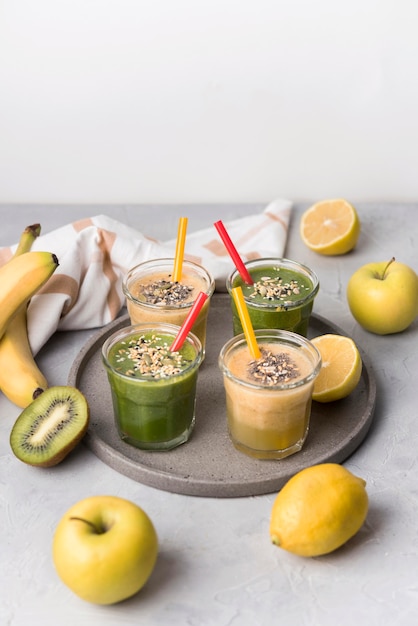
Keeping food safe and preventing illnesses comes down to maintaining good hygiene and safety practices in the kitchen. Even after taking Food Hygiene and Safety Training, people often overlook the basics of food safety in their everyday cooking. Whether you’re running a professional kitchen or just cooking at home, avoiding these common mistakes can help create a safer and healthier food environment.
1. Improper Hand Hygiene
Washing your hands is one of the simplest but most overlooked precautions in food safety. A quick rinse isn’t enough; the right way involves scrubbing with soap for at least 20 seconds. This is especially important before cooking and after handling raw foods like meat, poultry, or seafood. Failing to wash hands correctly can spread harmful bacteria like Salmonella and E. coli, leading to illness.
To avoid this mistake, always wash your hands thoroughly with soap and water, especially after handling raw meat or using the restroom. Dry your hands using a clean towel or air dryer, as wet hands can transfer germs.
2. Cross Contamination
Cross contamination happens when bacteria from raw food get onto cooked or ready-to-eat items, often through unwashed tools or cutting boards.
Use separate cutting boards for raw meat and other foods. Ensure you clean and disinfect surfaces, knives, and utensils after handling raw food to prevent this mistake.
3. Ignoring Expiry Dates
Overlooking expiry dates can lead to using food that’s no longer safe to eat, posing health risks.
To avoid this, always check expiry dates before using any food. Organize your fridge and pantry so older items are used first.
4. Incorrect Food Storage Temperatures
Storing food at the wrong temperatures allows bacteria to grow. The “danger zone” for bacteria is between 5°C and 63°C, so perishable foods should be kept below 5°C.
Ensure your fridge is set below 5°C and refrigerate leftovers within two hours of cooking to avoid this mistake.
5. Thawing Food at Room Temperature
Leaving frozen food at room temperature can cause bacteria to multiply. The food’s outer layer warms up while the inside stays frozen, creating an ideal environment for bacteria.
Avoid this by thawing food in the fridge overnight, under cold water, or in the microwave. Don’t leave perishable foods out for more than two hours.
6. Personal Hygiene Importance
While focusing on food, don’t forget about personal hygiene. Handling food while sick, wearing dirty clothes, or not tying back long hair can introduce contaminants.
Always wear clean clothes and tie back your hair when cooking. Avoid preparing food if you’re not feeling well to prevent issues.
7. Using Wrong Cooking Temperatures
Cooking food to the right temperature is crucial as it kills harmful bacteria. Rushing and undercooking can cause foodborne illnesses.
Use a food thermometer to ensure that food reaches the correct internal temperature, checking the thickest part of meat to avoid this mistake.
8. Reusing Unclean Utensils
Using the same utensils for raw and cooked food can easily lead to cross contamination, particularly when multitasking in the kitchen.
Avoid this mistake by using different utensils for raw and cooked foods. Clean cutting boards, utensils, and surfaces immediately after use.
9. Not Washing Produce Properly
Fruits and vegetables might seem clean but can carry bacteria or pesticides. Many skip washing them thoroughly, increasing illness risk.
Wash fruits and veggies under running water before eating, and use a clean brush to scrub firm produce like cucumbers or melons.
10. Not Regularly Cleaning Kitchen Surfaces
Kitchen surfaces like worktops and cutting boards can harbor bacteria from raw foods. Ignoring their cleaning can lead to contamination.
Clean and disinfect all surfaces after food prep, especially after handling raw meat, using a kitchen disinfectant or hot water and soap solution to avoid this mistake.
In conclusion, practicing good food hygiene is crucial for not just preventing foodborne illnesses, but also for protecting your health and that of others. By being aware of and avoiding these common food safety mistakes, you can ensure the food you prepare is safe and nutritious. Stay mindful of these top 10 mistakes on your journey to mastering safe cooking habits!









